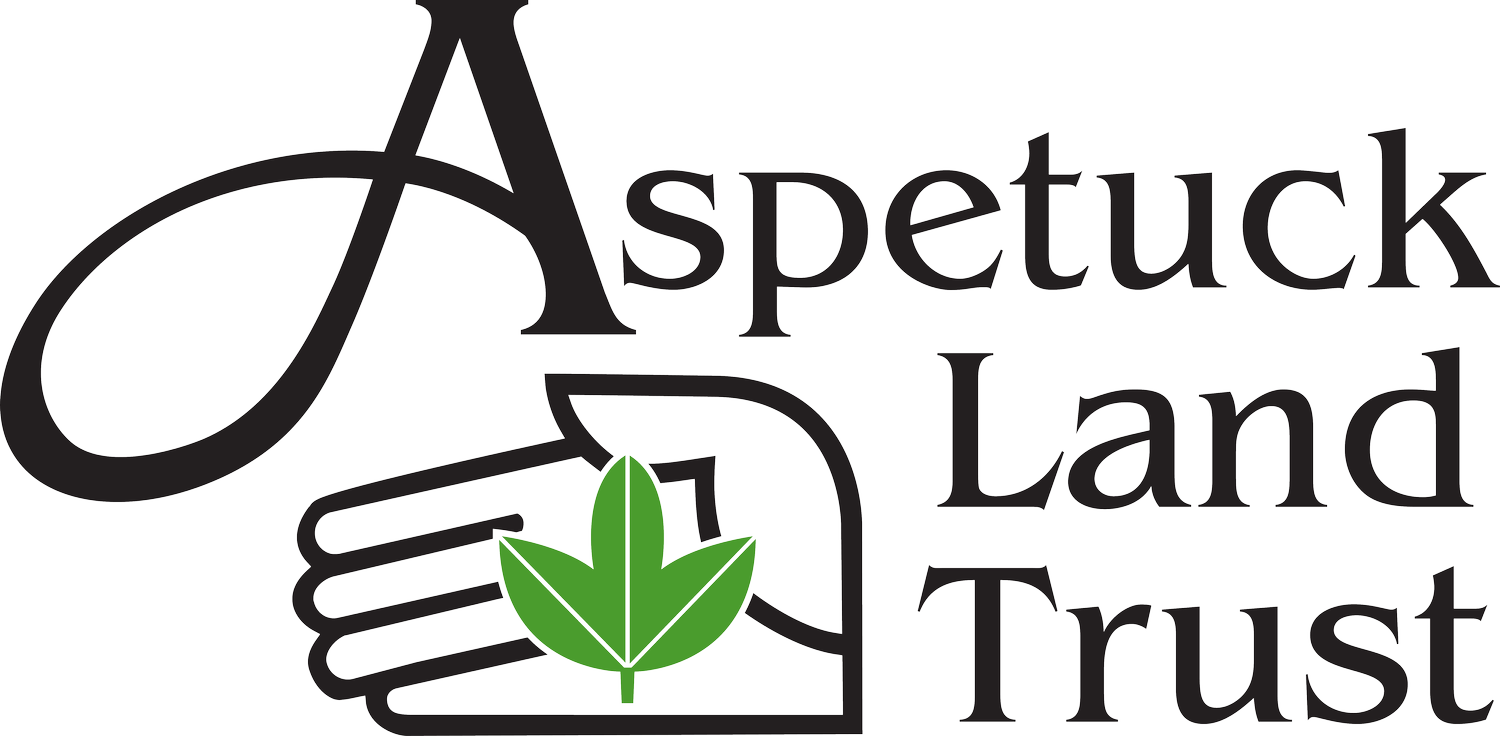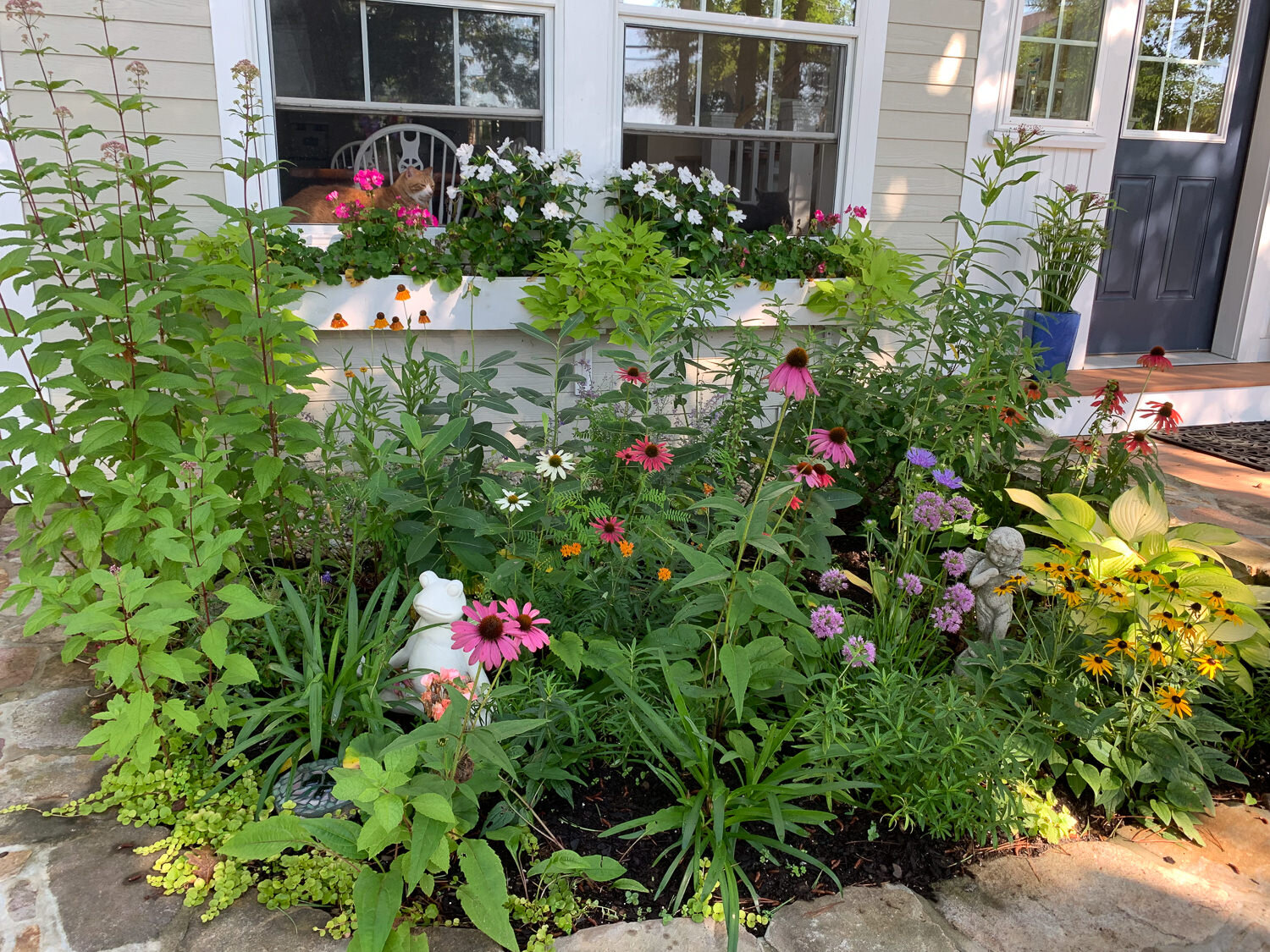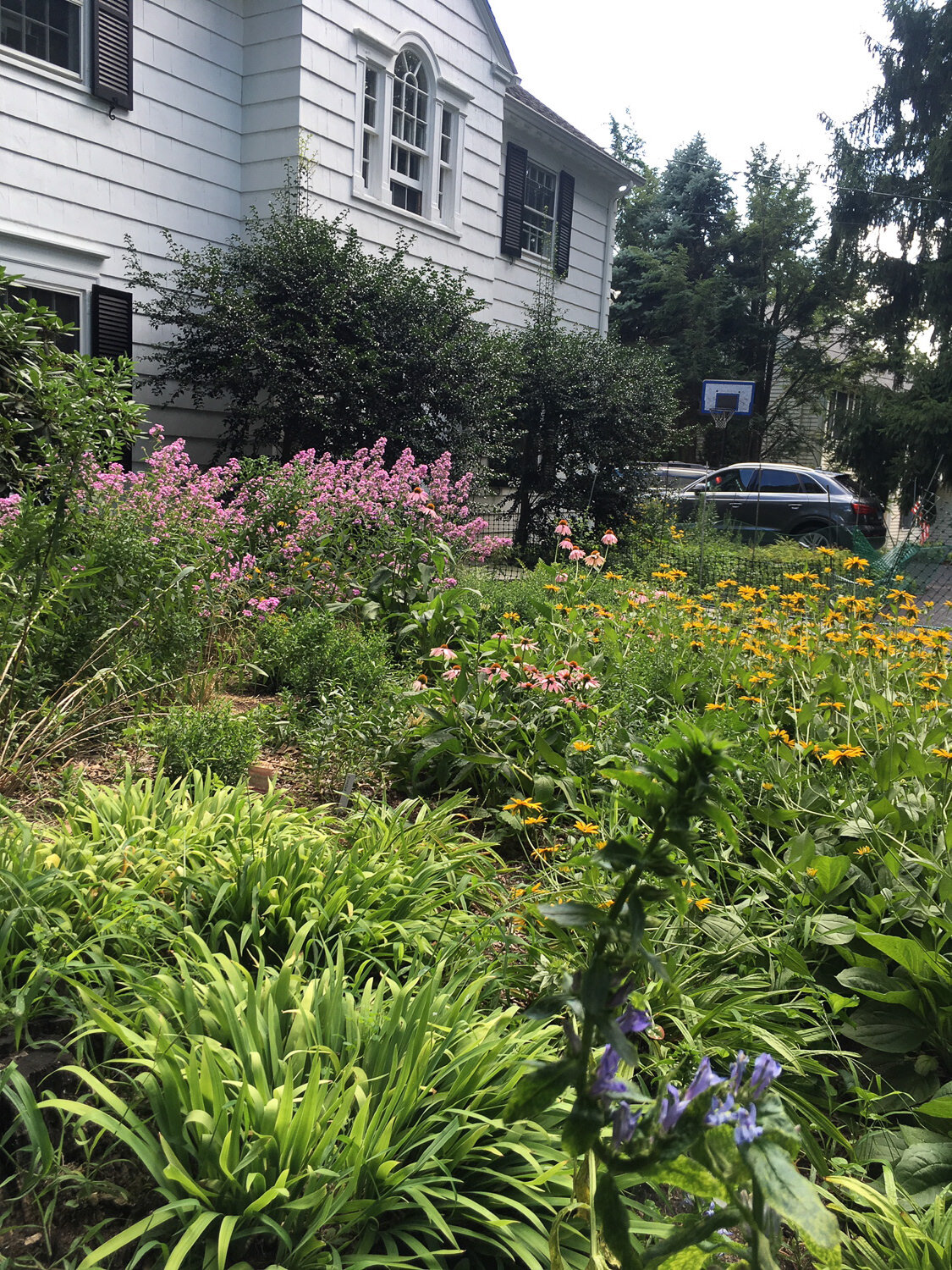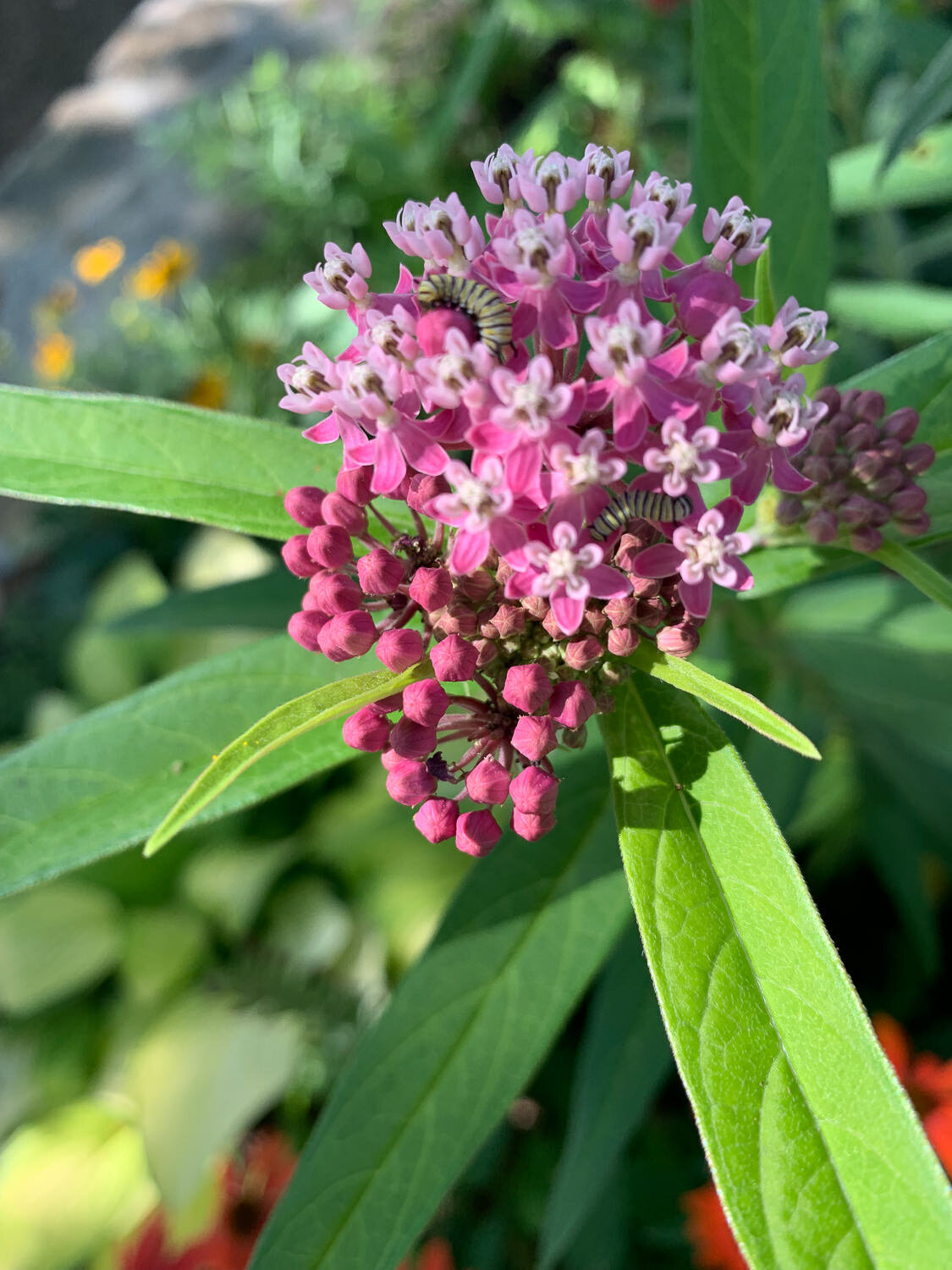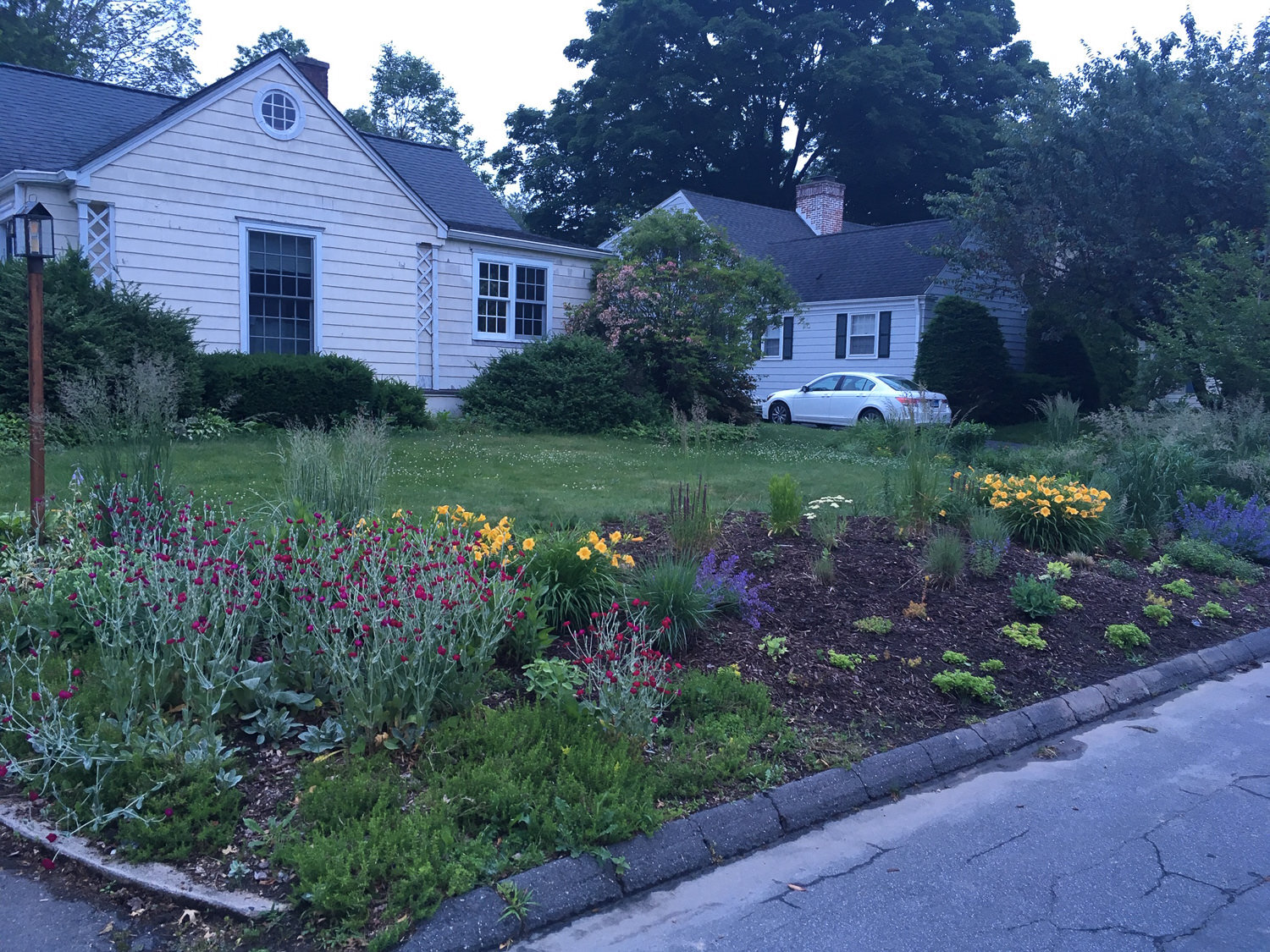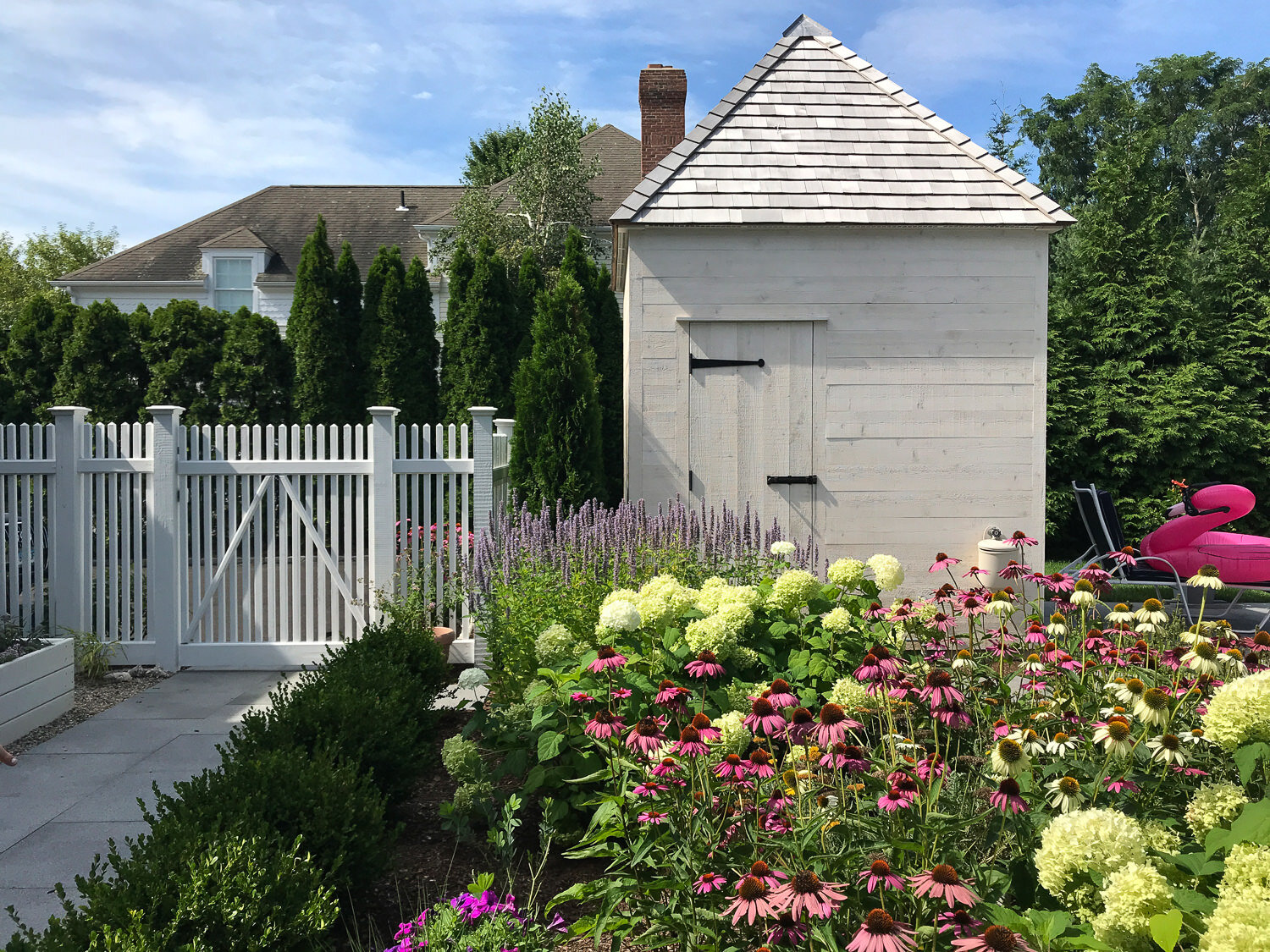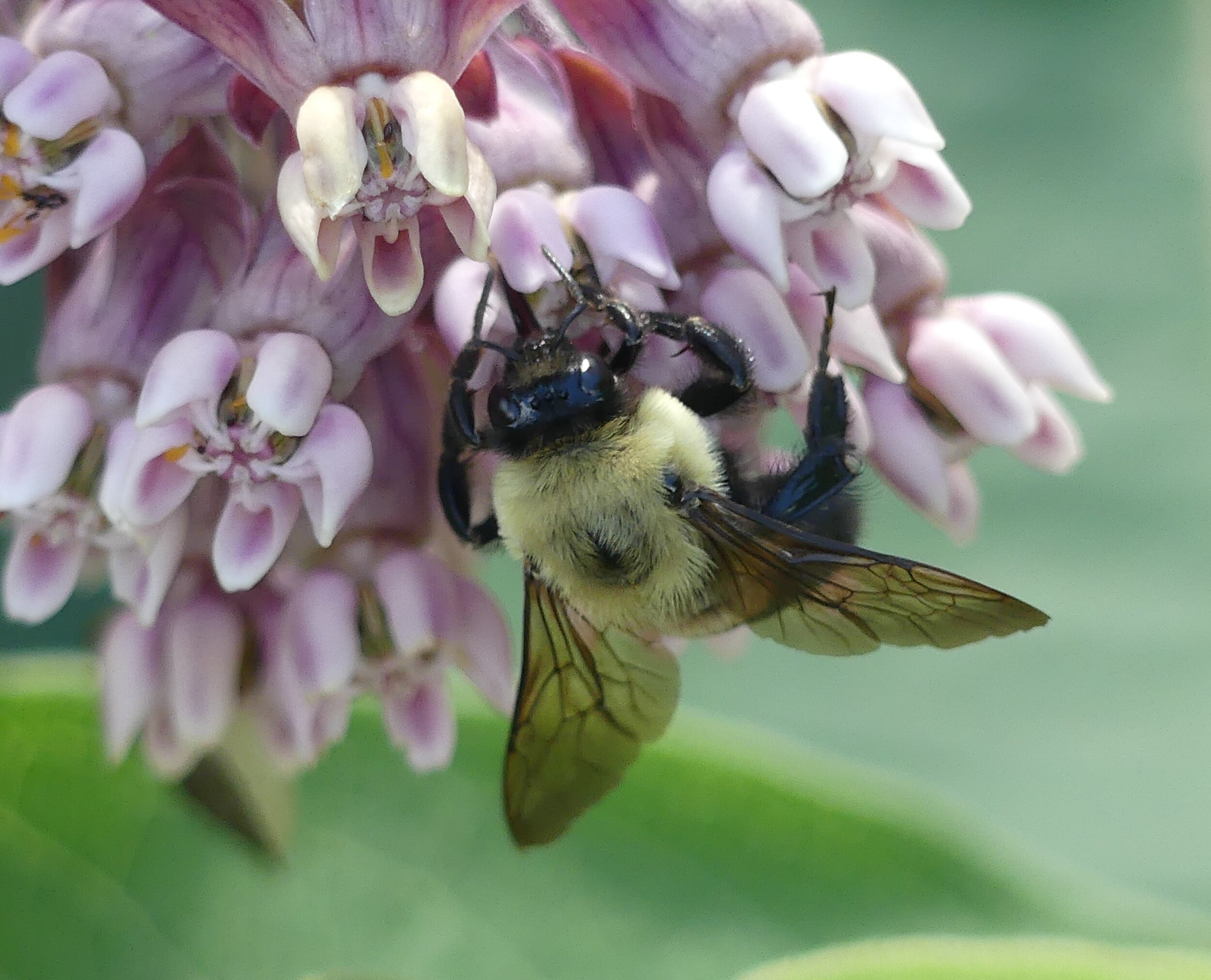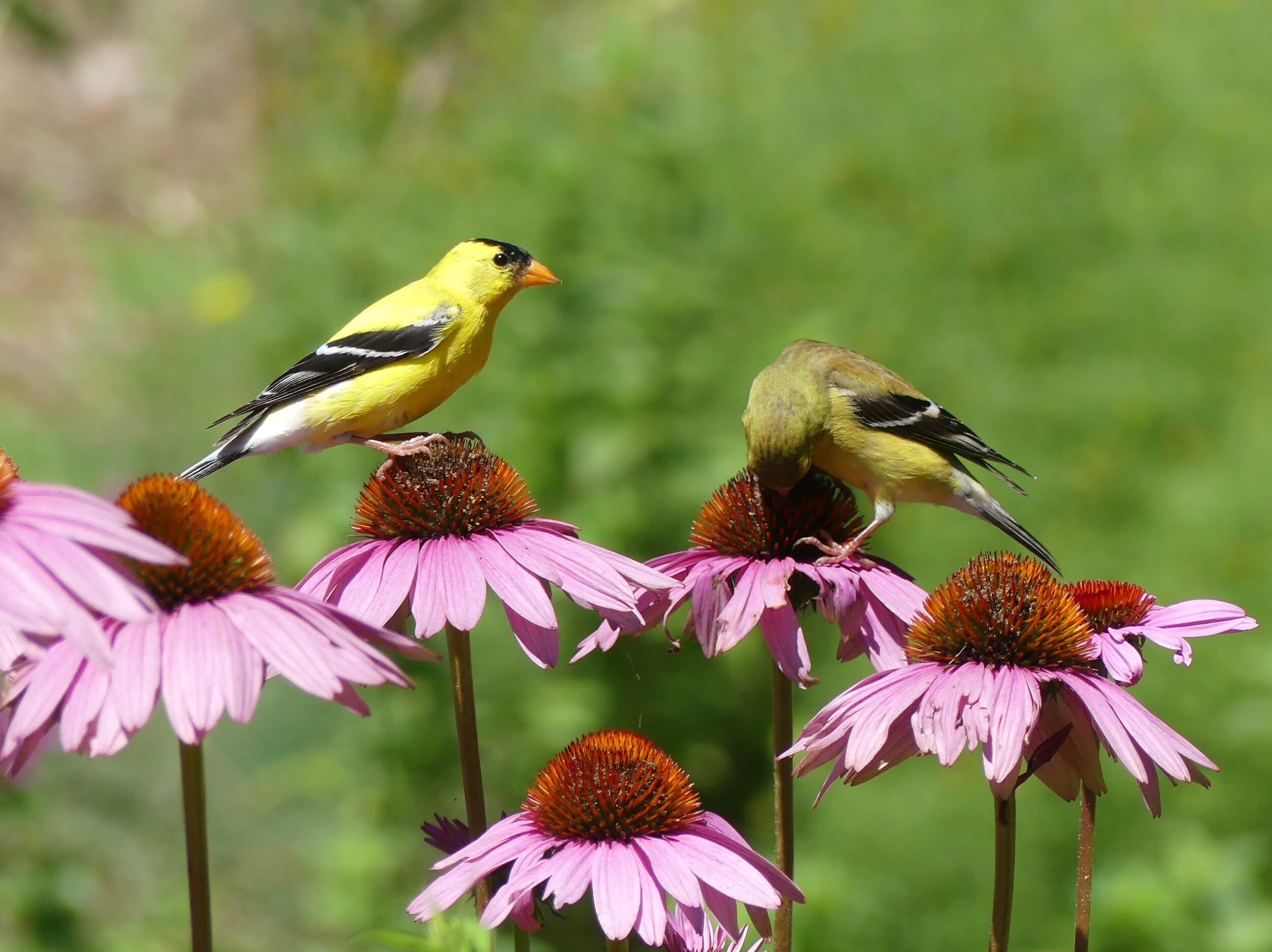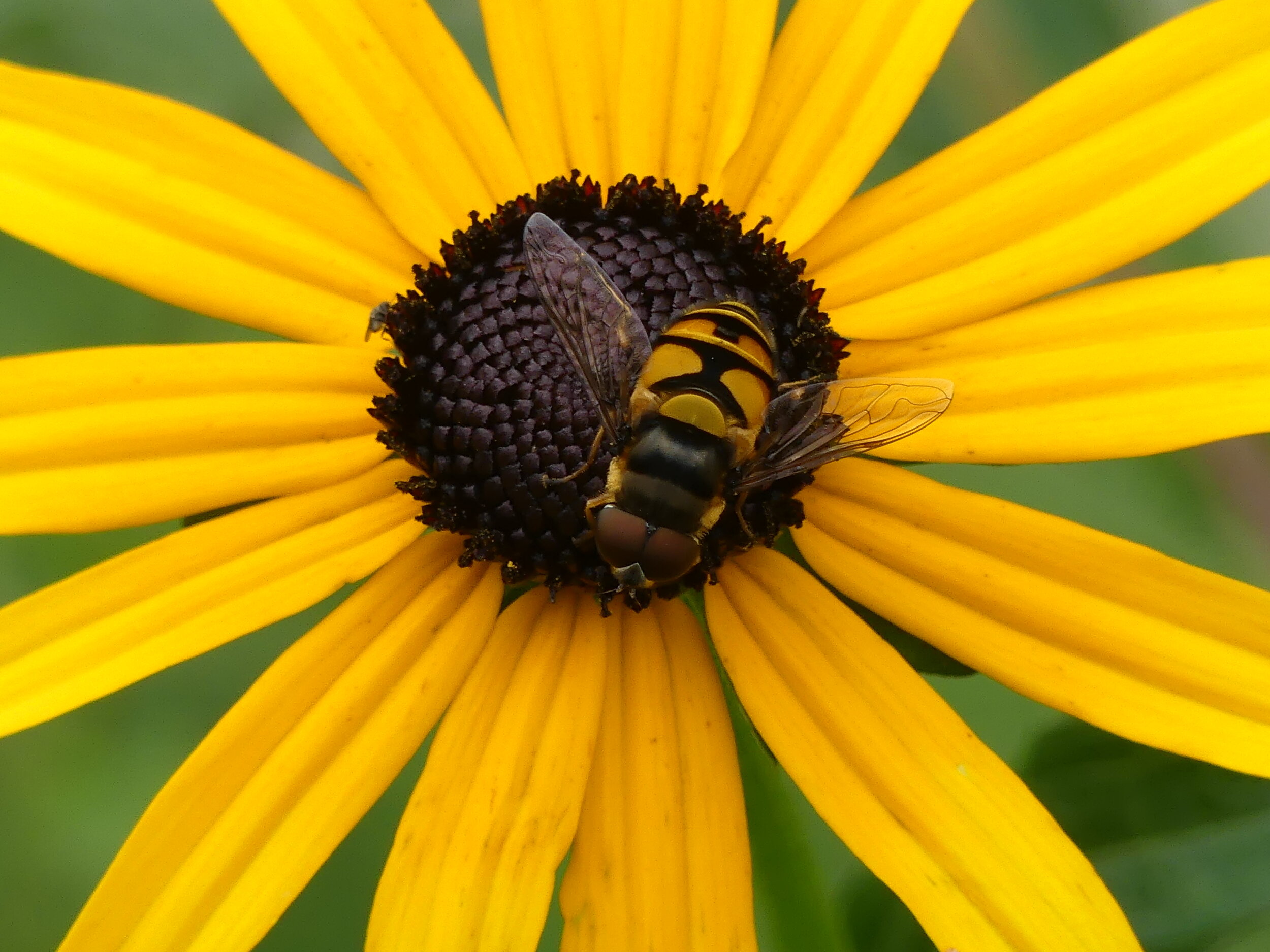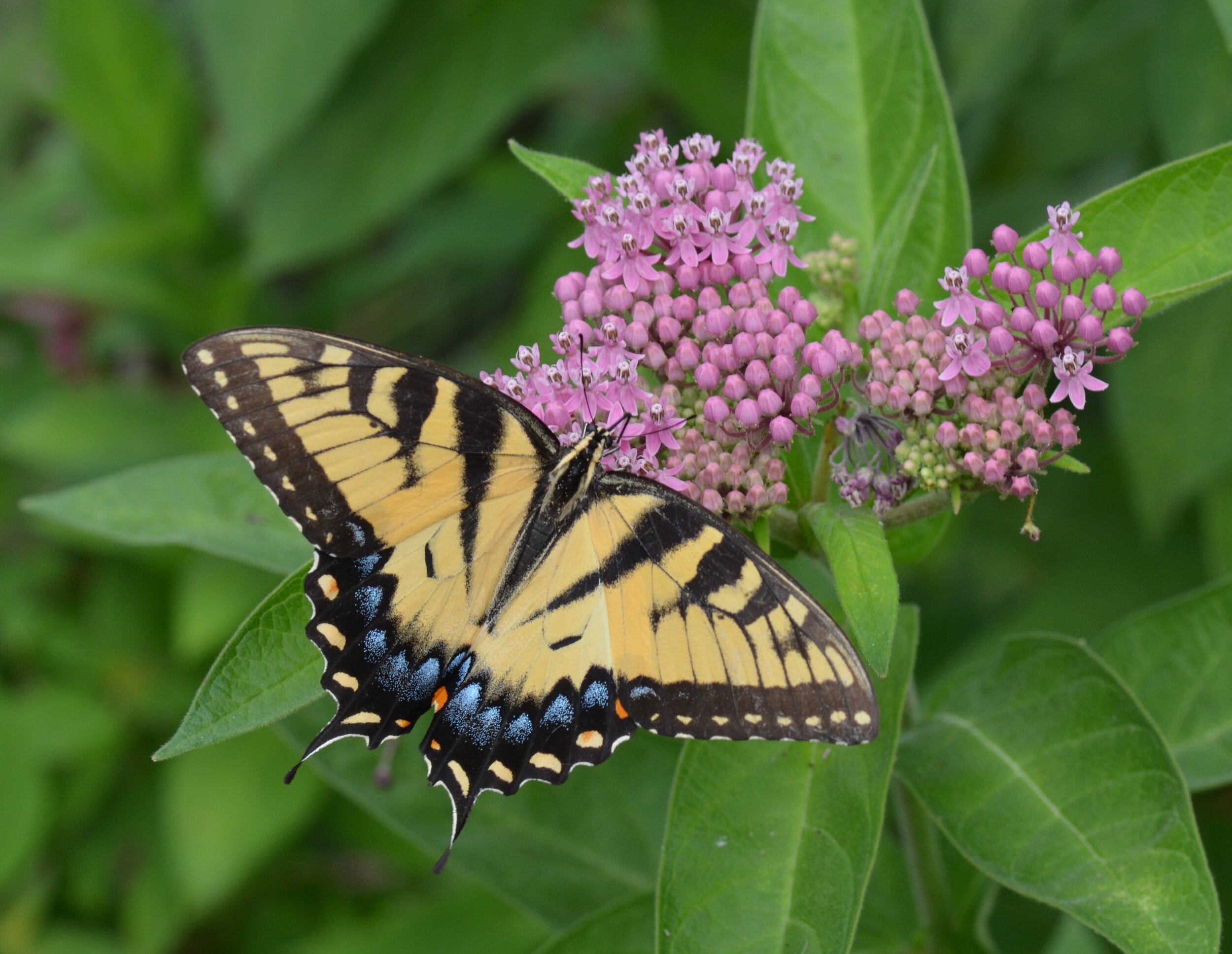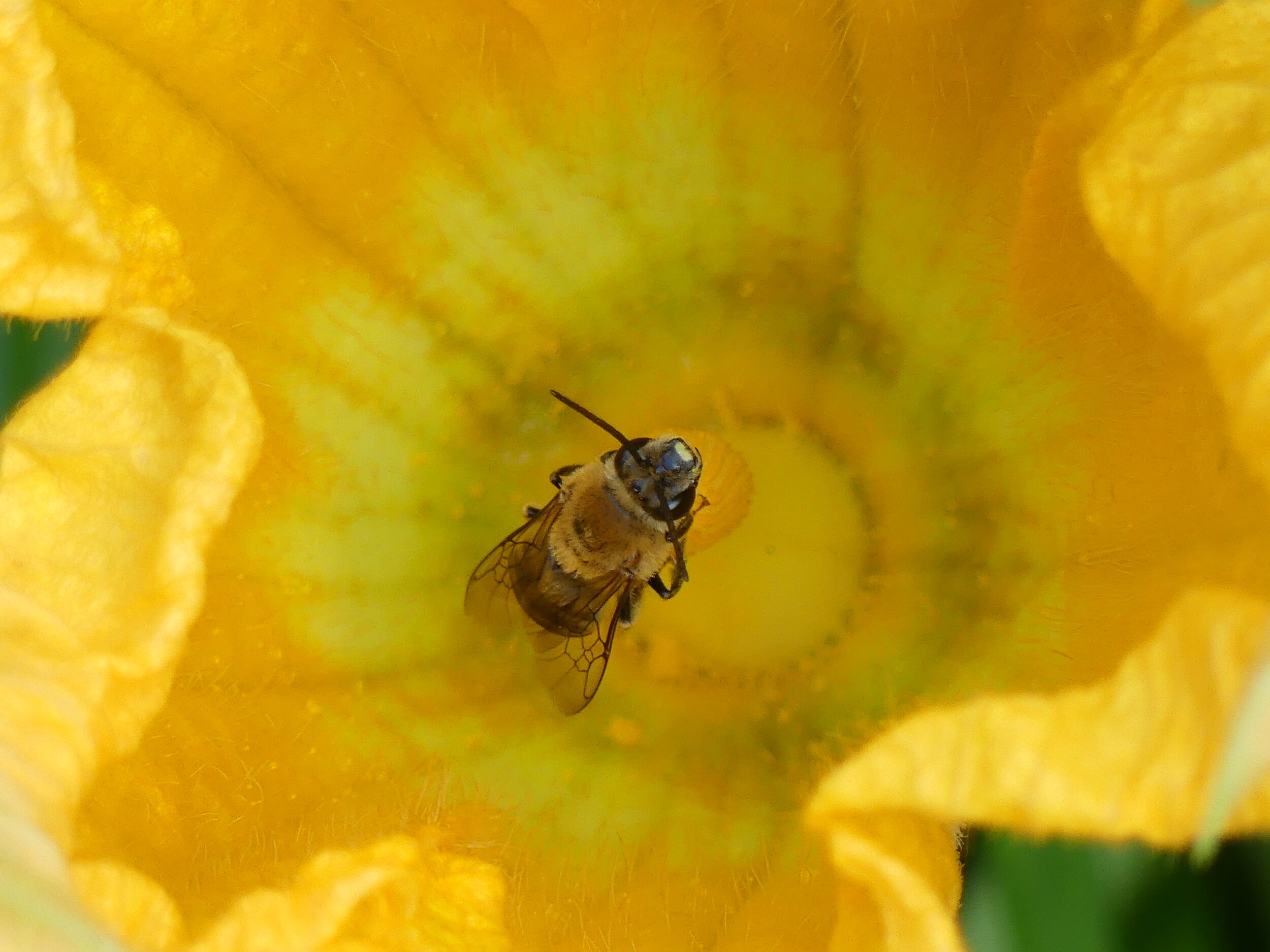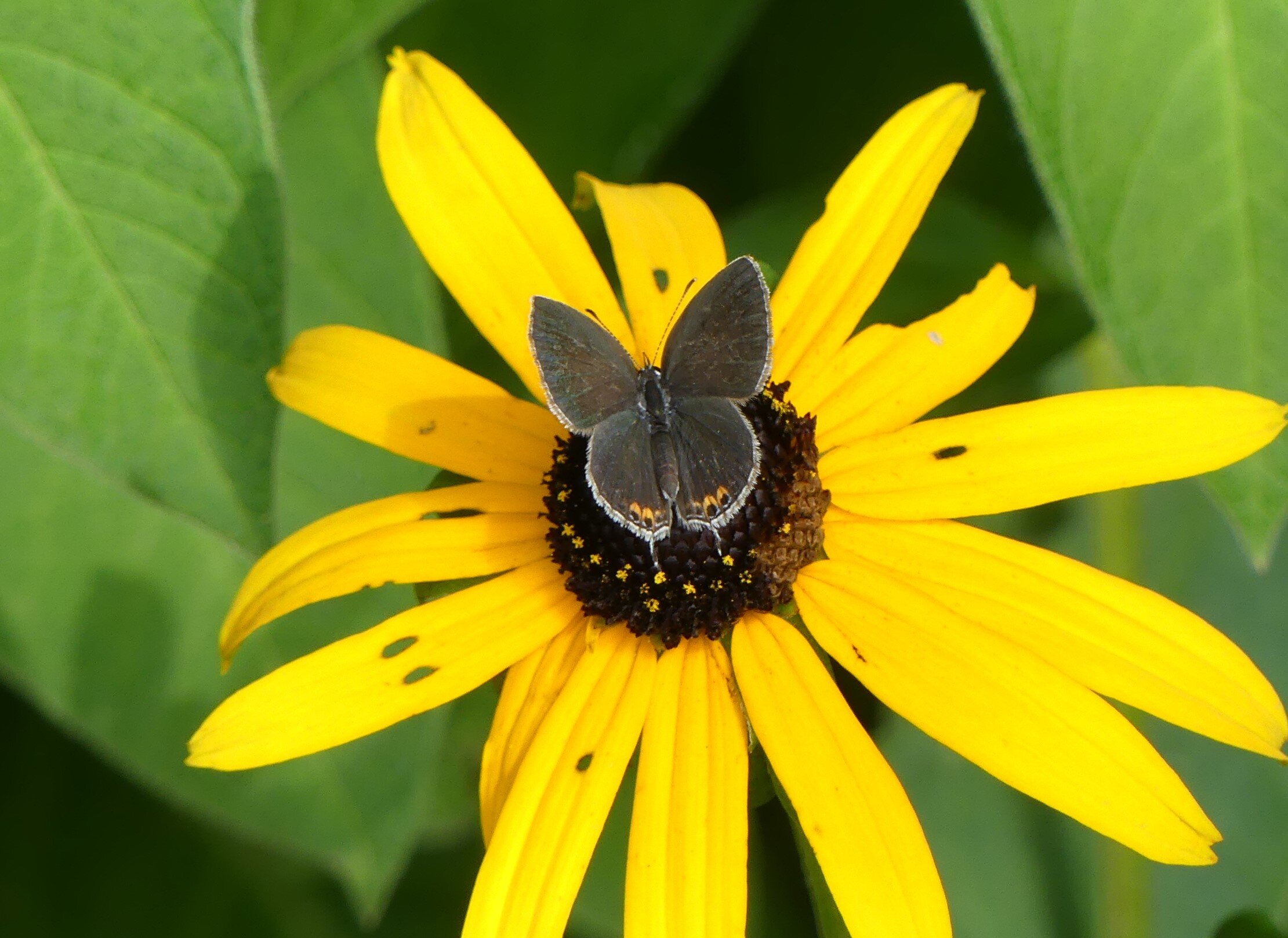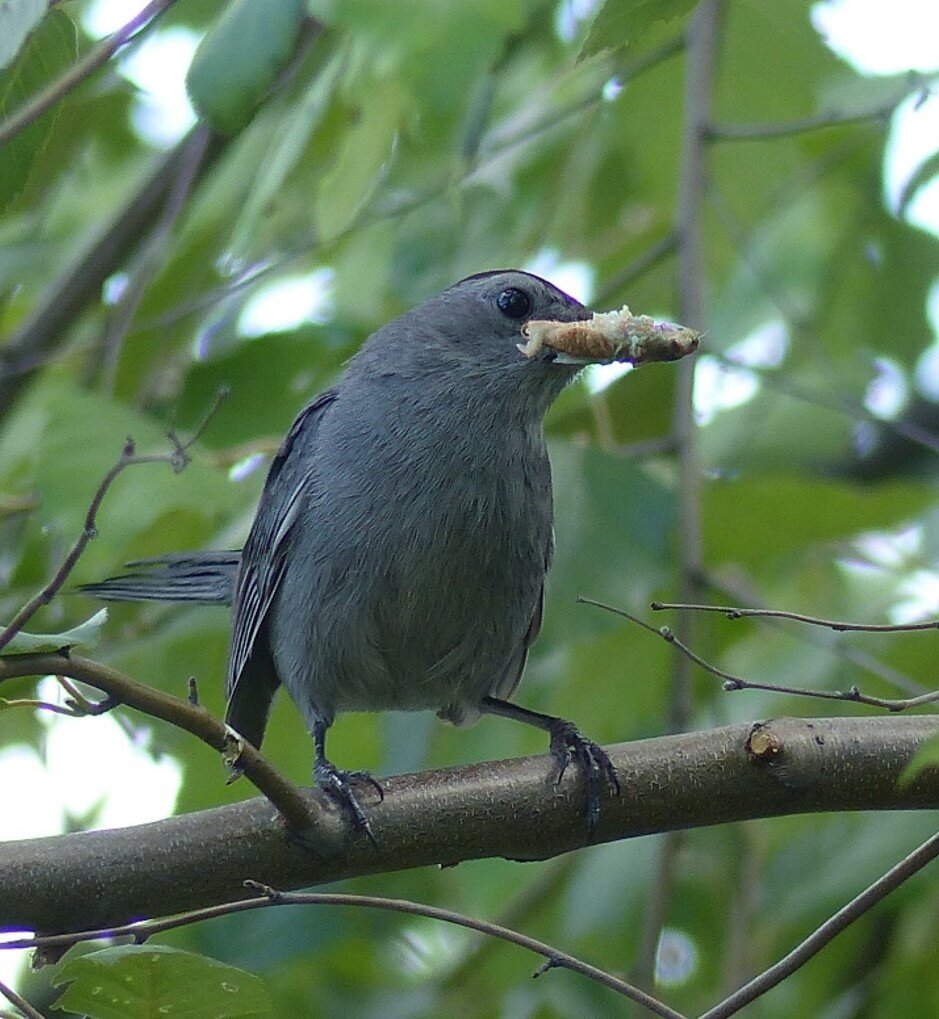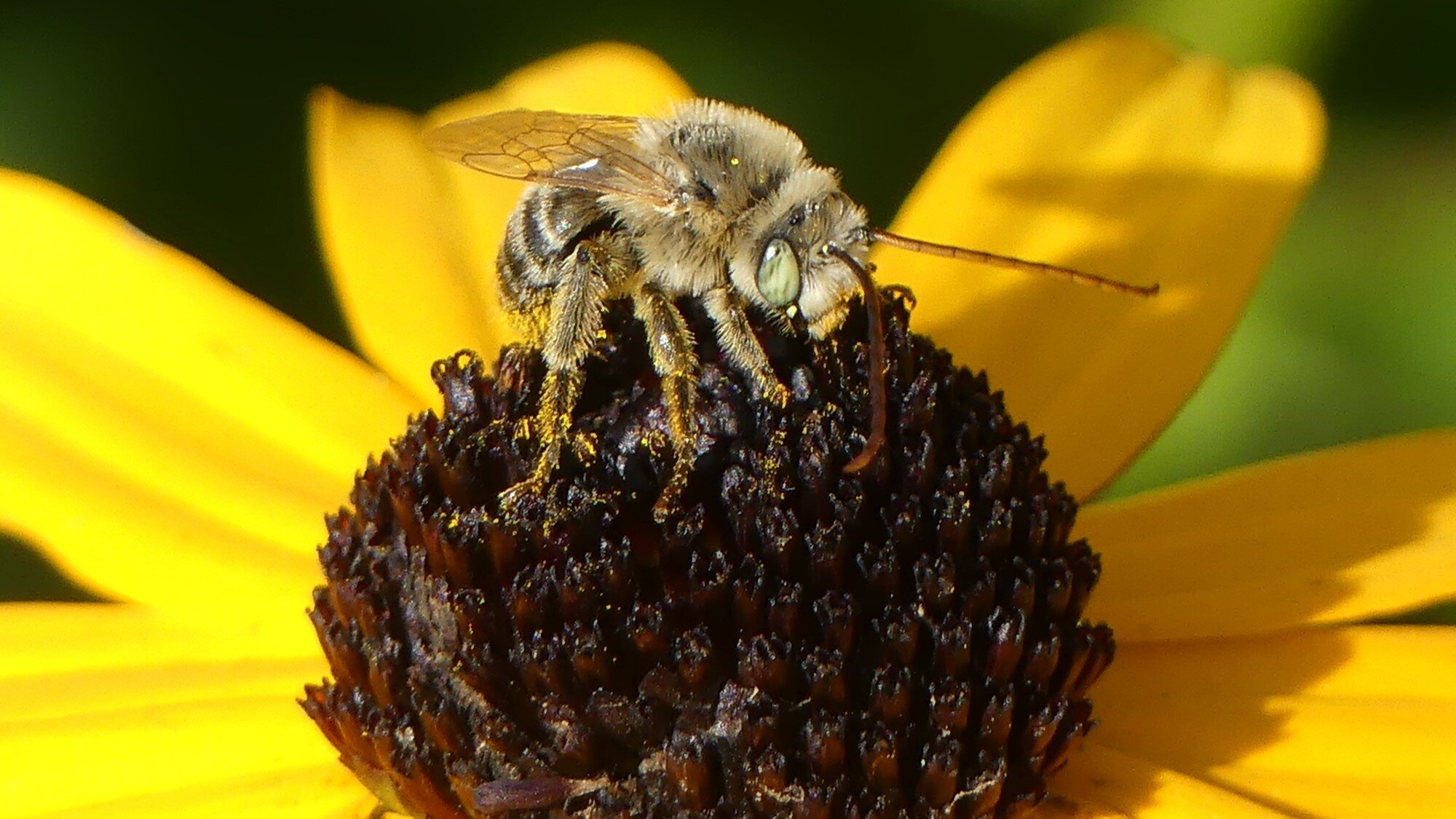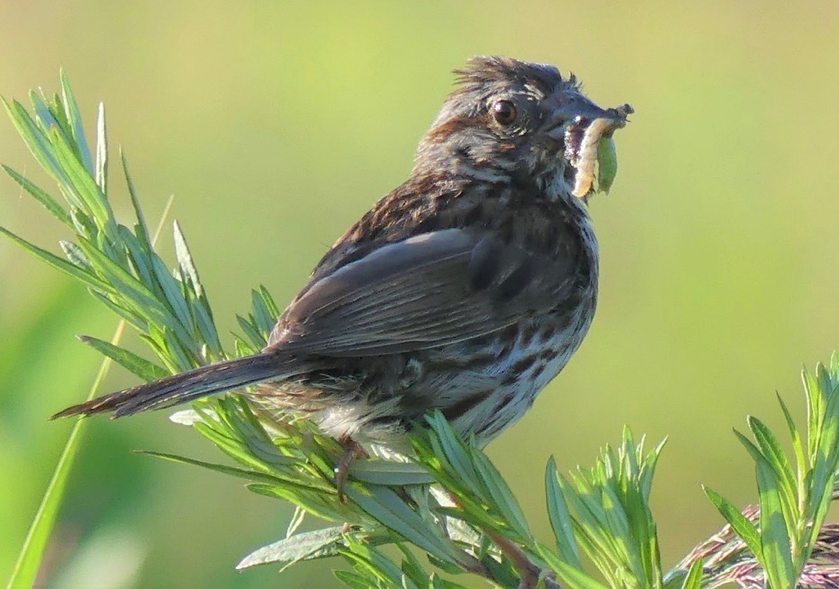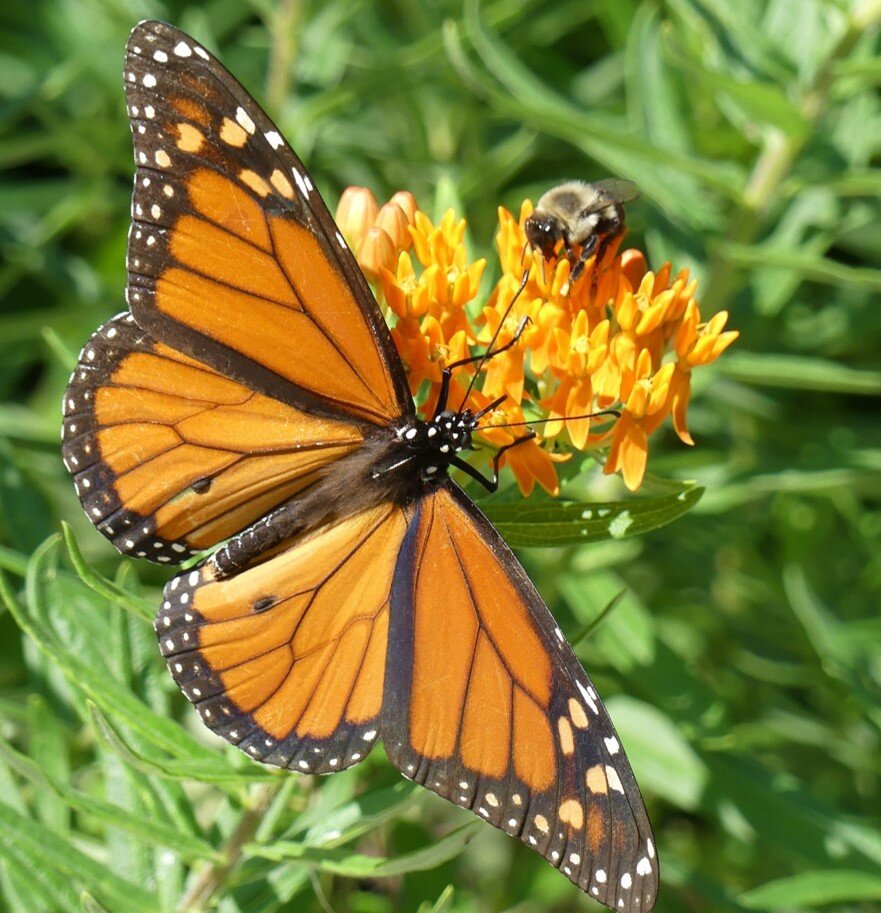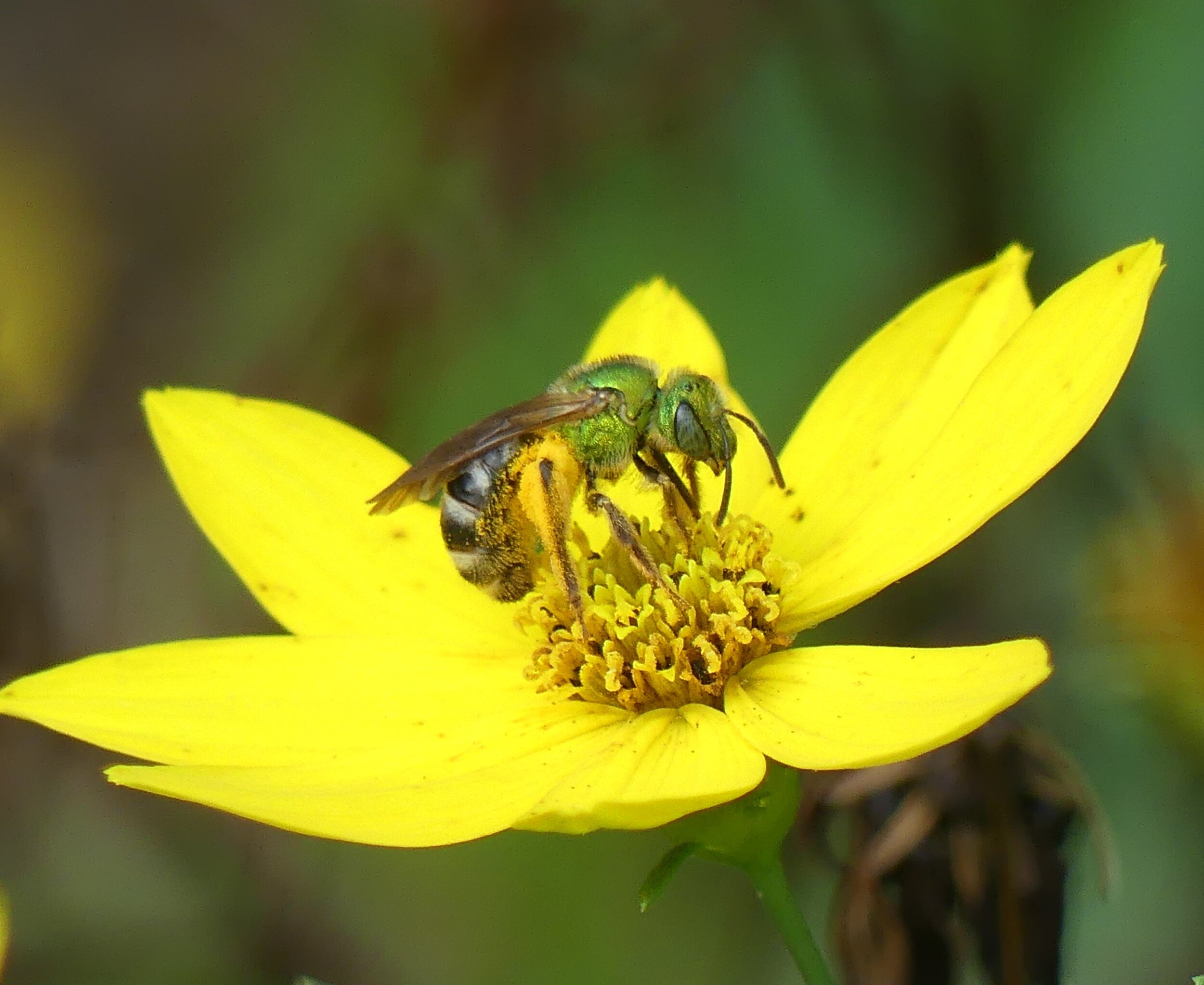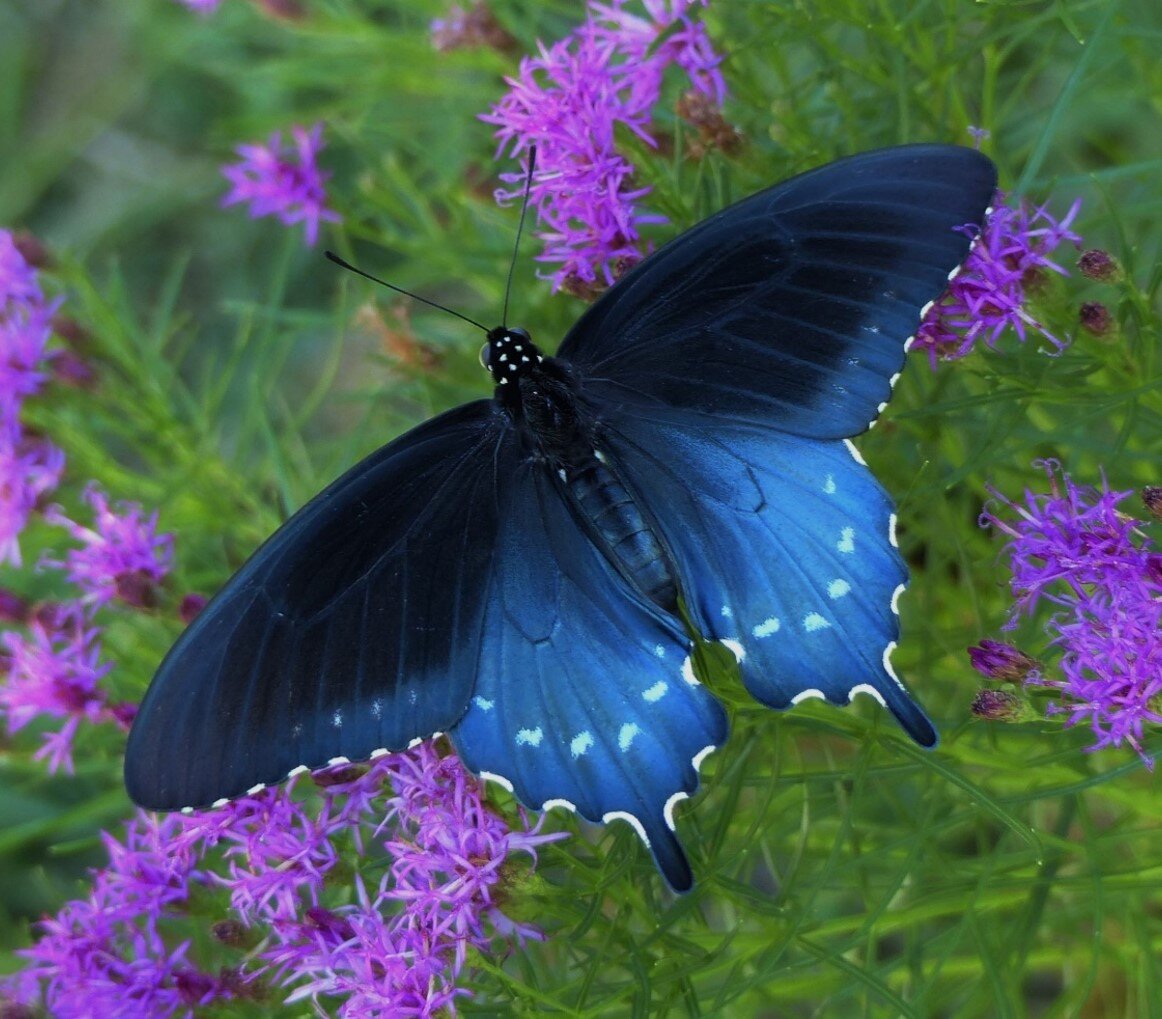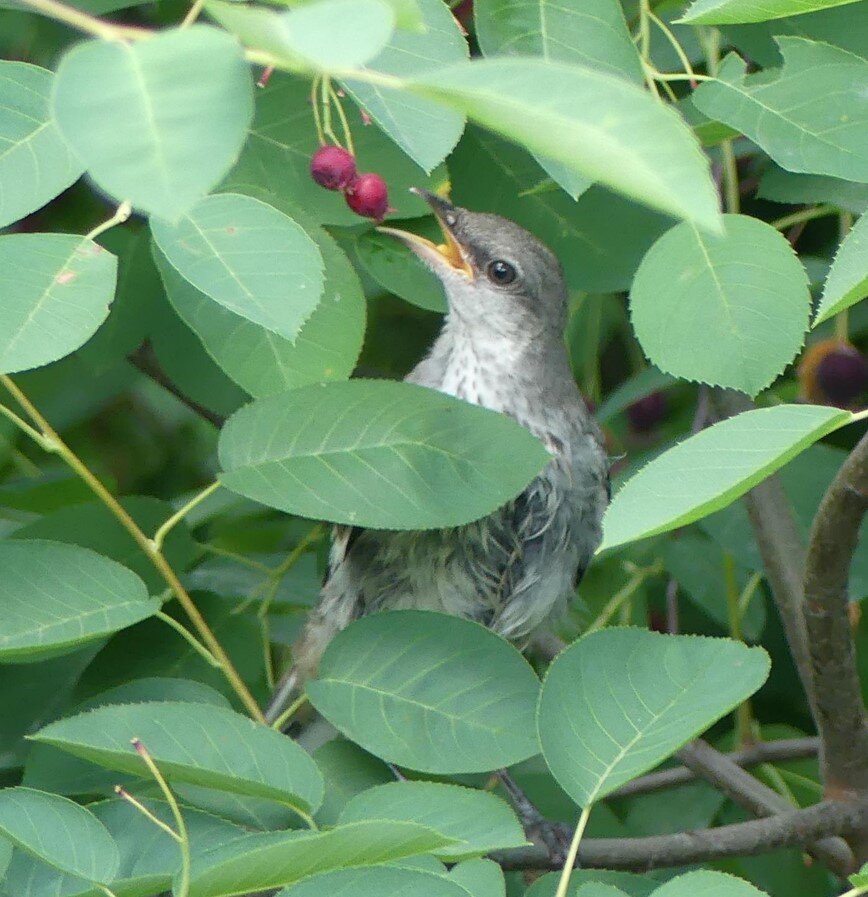Homeowners: The Challenge
Your yard can make a difference. Over 77% of land in the Green Corridor is privately owned so homeowners must be part of the solution. Even a small change in your landscape can provide a stopover habitat for birds, pollinators, and wildlife trying to move freely to nesting and feeding areas.
There are 3 things that you can do to improve biodiversity in your yard, save time and money, and welcome nature back home.
1. Plant Natives
2. Rethink Your Lawn
3. Avoid pesticides and herbicides
Create wildlife habitats
Spread the word and join the Green Corridor
Become a member and/or volunteer at ALT
Donate your land to ALT or put it in Conservancy Trust
Yes! I Want to Be a Partner on the Green Corridor!
• Plant Native Plants
• Rethink Your Lawn
• Avoid Pesticides
Dr. Doug Tallamy shares the importance of Backyard Habitats and how we can make a difference.
We have destroyed natural habitat in so many places that local extinction is rampant and global extinction accelerating. This is a growing problem for humanity because it is the plants and animals around us that produce the life support we all depend on. Every time a species is lost from an ecosystem, that ecosystem is less able to support us.
We must abandon the notion that humans and nature cannot live together. Though vital as short-term refuges, nature preserves are not large enough to be meet our ecological needs so we must restore the natural world where we live, work, and play. Because nearly 85% of the U.S. is privately owned, our private properties are an opportunity for long-term conservation if we design them to meet the needs of the life around us.
To succeed we need to redesign residential landscapes to
support diverse pollinator populations and complex food webs,
store carbon, and
manage our watersheds.
Plants accomplish each one of these goals so we must replace half of the area dedicated to lawn with diverse plantings of woody and herbaceous species. But plants differ widely in how well they support wildlife. Native plants support pollinators and food webs far better than introduced ornamentals, and some native plants support much more life than others. Choosing the best plants for your area is the key to success.
